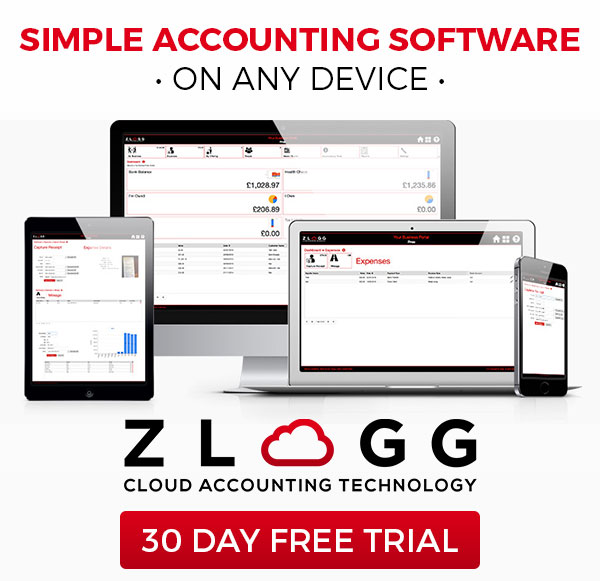Can I be Employed and Self-Employed at the Same Time?
A very common question I get asked by people who are looking to setup their own business whilst still working for an employer is “Can I be Employed and Self-Employed at the Same Time?” and the simple answer to this is ‘yes!’. It’s completely legal to be employed and self-employed at the same time and it’s how most businesses start nowadays in my experience.
This of course comes with its own list of requirements however, and registering as self-employed whilst being employed will effect your Tax and National Insurance Contributions etc – so in this blog I’m just going to outline how this process works and what you’ll need to do in order to be employed and self-employed at the same time.
The benefits of being employed and self-employed
When starting up a new business for the first time there are many factors that impact the success or failure of that business, one very common factor is cash-flow and having the money to pay for overheads to keep the business afloat. So what better opportunity is there than if you are gaining a full-time salary which you can use to help fuel your startup business? I’m in no way saying you should run a business which is solely reliant upon you transferring money every day from your personal account into your business account, but having a salary for added piece of mind will definitely help the business stay afloat in the early days. Just please ensure you have the time to manage both your employment work and self-employed business and wont begrudge giving money to the business to help. Trust me, a startup business ALWAYS needs more money than you initially think!
So once you’re running your business whilst being employed, the world is your oyster! You can learn on-the-job (so to speak!) test what works, what doesn’t work and mainly have the ability to fail without losing EVERYTHING. If you were to simply startup a new business, leave your job and rely solely on the business to thrive and make all the money to stay afloat and pay for your own lifestyle as well..then it’s a VERY precarious position to be in! So for this reason I always suggest to new startups, if they can, to run the new business in your spare time whilst being employed and test everything works first. Gain your clientele, learn from your successes and failures THEN when the business is making money you can leave your employed job and run the business full-time. To simply leave work and start a new business isn’t always the best option and statistics back this up – between 2006 and 2017, 8 in 10 startup Compaiesy failed within year one! So better to be safe than sorry if you can.
How to setup as self-employed whilst employed
So once you’ve decided that you want to be employed and self-employed then there’s just a few steps you need to take:
Register as Self-Employed
This is the easy bit, simply visit HMRC’s website by clicking here – https://www.tax.service.gov.uk/government-gateway-registration-frontend?accountType=organisation&continue=/business-registration/introduction&origin=SA-frontend – fill in all of your details and you’ll be registered as self-employed.
Setup a Business Bank Account
This isn’t something you legally have to do, but something I strongly recommend. Whoever you bank with with usually have a business bank account service as well, I suggest giving them a call to setup a seperate business account to your personal current account. This will simplify all of your income/expenditure so you can clearly see what the business has made/spent. Even if you’re currently using all of your own money for the business I still recommend having a seperate bank account just so its clear for you (and HMRC if they ever needed to investigate!) when completing your tax return, which leads nicely into the third and final step.
Complete and Submit Self-Assessment Tax Returns
Now that you are self-employed as well as employed, you will need to complete and submit a tax return to HMRC every year. Here you will list how much money the business made/lost, list all allowable tax expenses (expenses for the purpose of your business which are then deducted from your overall tax bill) and you’ll also need to complete the section which allows you to input your income from employment as well.
There are 4 options here:
- If you’re confident with accounting then you can do this all yourself completely free.
- If you’re confident with accounting but want an easy way of monitoring your ongoing business accounting then you can look to use business accounting software like the one we’ve created here – https://zlogg.co.uk/ – where you pay a small monthly fee to have your own cloud accounting software on any device.
- If you just want everything taken care of then you can employ the services of an online accountant who will do everything for you on a monthly basis. For this type of service we recommend Monthly Accountant who take care of all your ongoing accounting, bookkeeping and end of year tax returns for a fixed monthly fee. This can all be seen here – https://www.monthlyaccountant.co.uk/
- The final option is to simply hire an accountant/accounting firm to sort everything for you. The reason I leave this option until last is because it is the most expensive option, but many people like the ‘personal’ touch of speaking with an accountant directly and having face-to-face meetings. Just be aware most accountants charge by the hour so every time you require them to do something you’ll likely be charged for the service. If this is something you’d like to do then I also run a professional Accounting Firm which can be contacted via the following website – https://andrewcrawfordaccounting.co.uk/
So that is all the relevant information there is to know about being employed and self-employed at the same time. If you need any further help then please feel free to view our wide range of advice blogs here – https://zlogg.co.uk/blog/ – or contact us directly if you have any further questions.














Share On